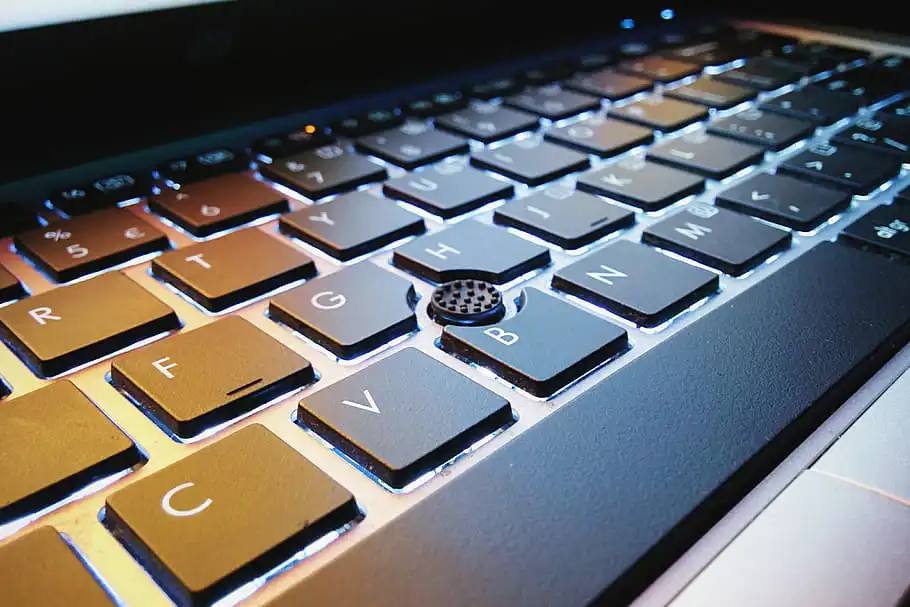Twitter may soon revolutionize communication on its platform with a feature that many did not expect - introducing video and voice call functionality in its direct messages (DMs). A recent screenshot found by reverse engineer Jane Manchun Wong reveals the addition of icons for video and voice calling in Twitter's DMs interface. With this, Twitter is showing the world how serious they are about creating a one-stop-shop for all communication needs.
Twitter is not new to the world of voice communication. They already have Spaces - a voice-based social network, somewhat replicating the functionality of Clubhouse. The advent of voice and video chat on DMs shows Twitter's push towards fostering more personalized conversations among its users. Users would be able to converse freely, without the limitations imposed by the current text-only format.
Moreover, this new video and voice call feature can draw a larger crowd of users who would find utility in this. Users who prefer knowing the intonation behind a person's messages or simply feel more comfortable in face-to-face communication can find solace in this update. It's evident that Twitter is expanding the possible communication methods on its platform, not constraining them.

However, the potential introduction of this feature also raises some challenges. How will Twitter monitor these discussions? With millions of daily users worldwide and an ever-growing user base, how will they combat possible misuse of the feature? Twitter will certainly have to clarify these points alongside launching this feature.
Earlier this year, Twitter started beta testing Spaces - its voice chat feature, allowing multiple users to join a conversation hosted by a Twitter user. It was Twitter's answer to Clubhouse and was only less formalized initially. This feature was made available for every user in May 2021, signifying Twitter's inclination towards voice-based communication.
Spaces was an innovative idea, combining audio and social networking to create a platform that serves as a leisurely hangout spot and a professional interaction hub. It enabled users to voice their thoughts freely rather than typing them out 280 characters at a time. Twitter's current move of potentially integrating voice and video chat within DMs aligns well with their previous endeavours.
This move indicates Twitter wants its users to convey their thoughts in diverse ways. It puts more emphasis on user convenience - whether they prefer to type a well-crafted message, casually chat in Spaces, or have direct voice or video conversations in DMs. It offers users the freedom to communicate in their own preferred format, acknowledging the breadth of choice that makes online communication enjoyable and engaging.
Through its Spaces feature, Twitter did, however, learn that moderation is crucial. Concerns over hate speech, misinformation, and cyber harassment raised after Spaces' launch are lessons Twitter will have to learn from. The proactiveness of the platform in handling these issues in the future features will be key to their success.
As Twitter dives into video and voice chat, it not only introduces a new feature but steps into a larger online communication market. Platforms like Skype, Zoom, Microsoft Teams, and Google Meet are already established. Twitter's foray into this arena shows how they are willing to compete in a crowded market.
That being said, Twitter is unique in its position. Unlike Zoom or Skype, that are primarily communication platforms, Twitter has a dual-identity. It is a platform for sharing thoughts (tweeps) but also a platform for conversation (DMs). Merging these two identities through video and voice call features can be a remarkably strategic step by the social media giant.
Twitter's step up isn't solely about providing off-the-cuff new features. It reflects the thirst for creating an immersive online environment for its users. They aren't mere add-ons but a step forward in making Twitter a preferred choice for online communication and engagement.
For users who yearn for a full suite of communication possibilities when they log into Twitter, these developments signal a new future. One where Twitter is not just a platform to broadcast thoughts, but also a platform to connect, chat, and engage in a manner they prefer.
Still, there's no official statement or prediction regarding when this new feature will go live. According to Wong, Twitter is yet to even start the testing process. But the mere possibilities of such a feature are indeed captivating and forward-thinking.
This potential upgrade aligns with Twitter's other recent actions. For instance, they introduced Tip Jar to let select users monetize their content and Super Follows to charge their followers for exclusive content. These steps show that Twitter is reimagining its role as a social network.
Twitter's transformation from a microblogging site to an expanded social network is an exciting evolution to watch. Their commitment to making their platform one of the best not only by follower numbers but by function is commendable.
For now, users can enthusiastically wait and envision the countless ways they could use these features in their day-to-day online interactions. It’s a testament to the ever-evolving world of social media – where today’s wild thought becomes tomorrow’s reality.
With the anticipation of voice and video chat in DMs, Twitter seems to be embracing the current reality of digital communication. They are growing with the needs and preferences of users, continuously reshaping their platform to sustain relevance in the constantly changing digital sphere.
Overall, Twitter's move signifies their vision to make their platform more comprehensive. They are reengineering their product, not just to compete with other social media apps, but to stake a claim as a hub for communication, whatever form it may take. They aim to be a one-stop platform that taps into the versatility of online communication, and the unveiling of this potential feature is a promising step in this direction.
In conclusion, the entry of video and voice chat in the arsenal of Twitter's features can revolutionize the way users connect on the platform. While it's yet to be seen how this restructuring of the platform will turn out, it surely marks a significant moment in Twitter's journey of continual evolution.